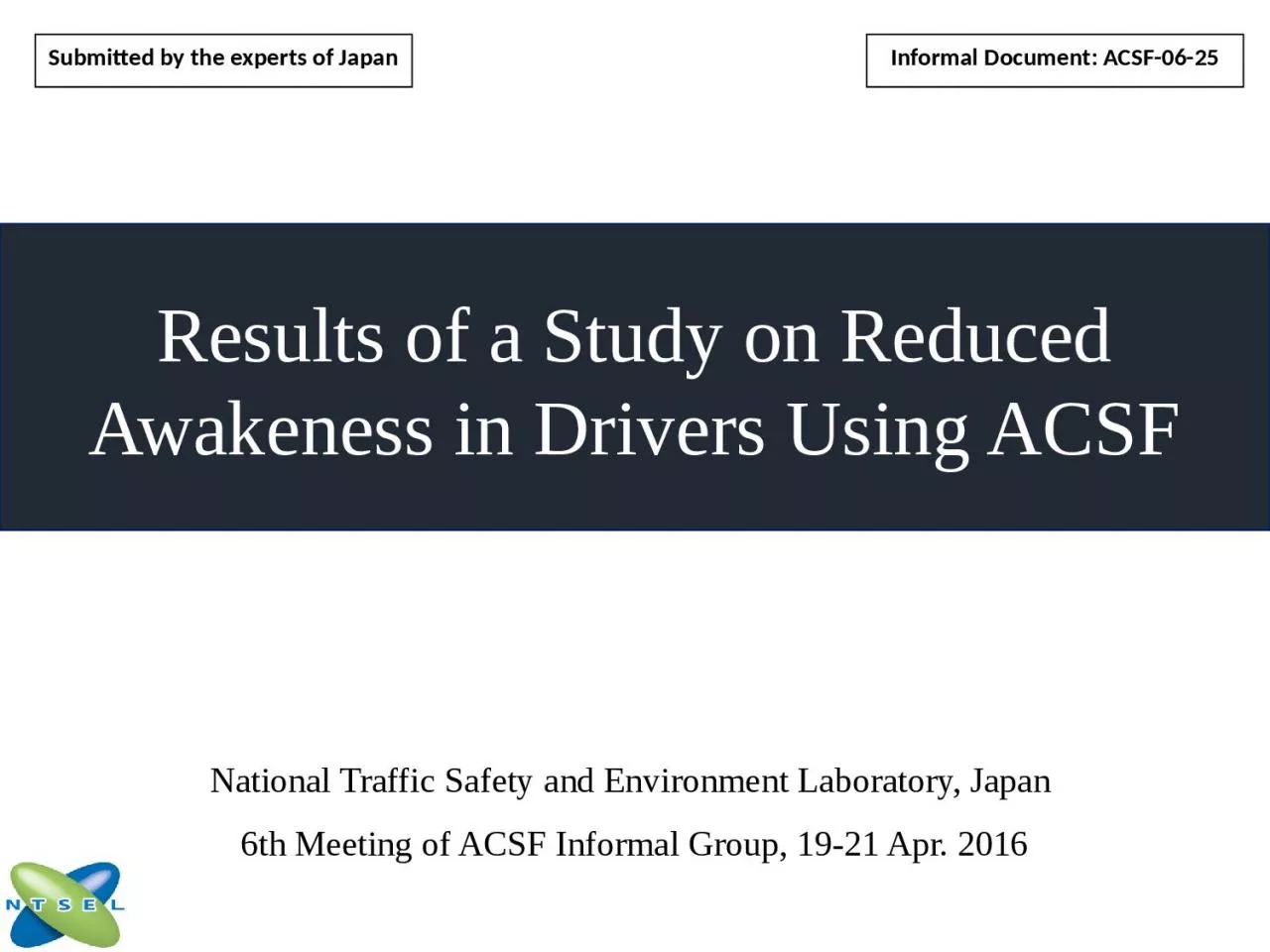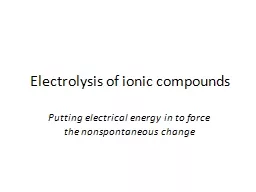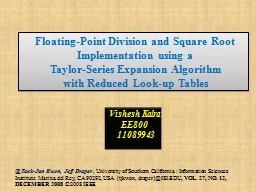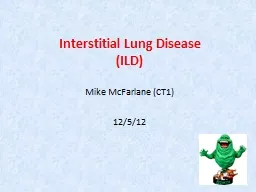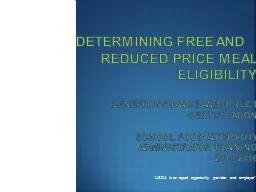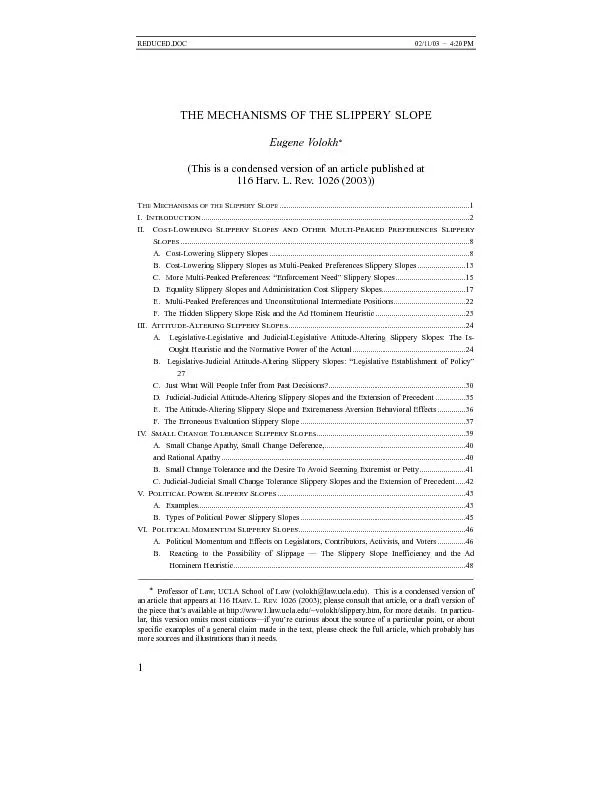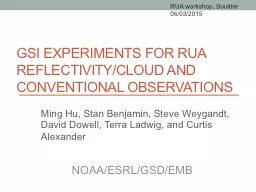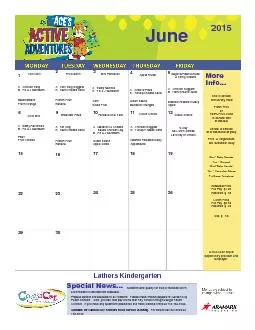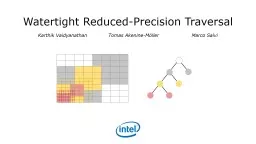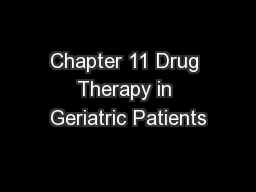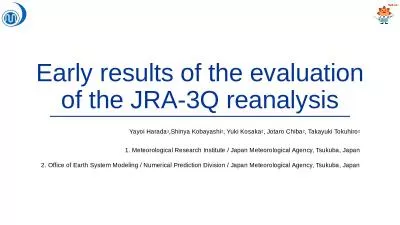PPT-Results of a Study on Reduced
Author : samantha | Published Date : 2023-11-16
A wakeness in Drivers Using ACSF Informal Document ACSF0625 National Traffic Safety and Environment Laboratory Japan 6th Meeting of ACSF Informal Group 1921 Apr
Presentation Embed Code
Download Presentation
Download Presentation The PPT/PDF document "Results of a Study on Reduced" is the property of its rightful owner. Permission is granted to download and print the materials on this website for personal, non-commercial use only, and to display it on your personal computer provided you do not modify the materials and that you retain all copyright notices contained in the materials. By downloading content from our website, you accept the terms of this agreement.
Results of a Study on Reduced: Transcript
Download Rules Of Document
"Results of a Study on Reduced"The content belongs to its owner. You may download and print it for personal use, without modification, and keep all copyright notices. By downloading, you agree to these terms.
Related Documents

